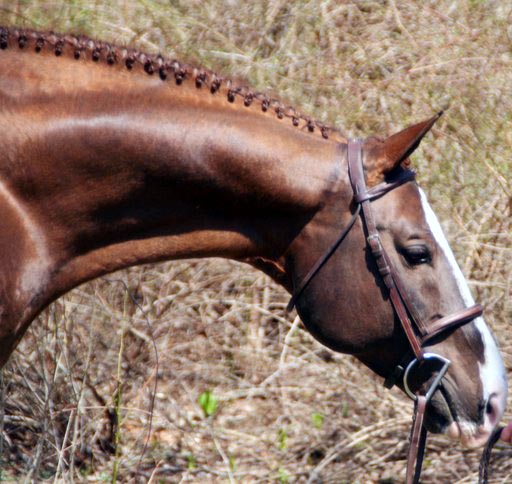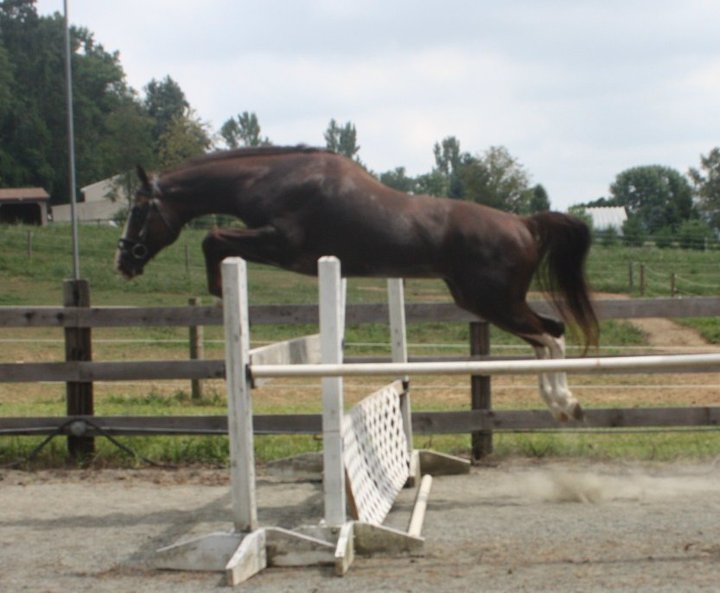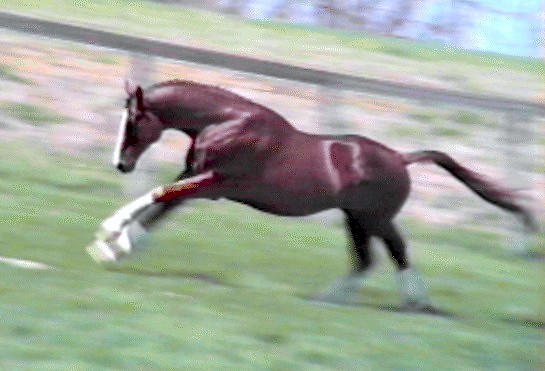My Dad’s best cutting mare was a liver with tons of bling. She had a nearly flaxen mane - normal dark brown tail. No grays in her pedigree at all. Her sire was a reddish/brown chestnut with bling and her mother was a brown (dark bay) - no bling. My Dad bred that mare to various stallions (bays to chestnuts) over the years and every one of her foals were liver with bling. I’m not a color expert by any means, but even the one time she was bred to a paint, she produced a liver and white foal.
They were all a pain to keep clean. :lol:






